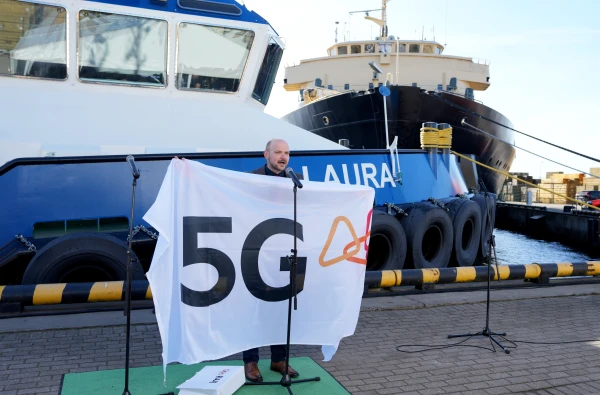
At last week's government meeting, an interim report on the country's "digital transformation," which needs to be completed in just 2 years, was discussed.
We Can't Do Without the Scandinavians
In the socialist economic slang, there was a word - "shturmovshchina" - meaning accelerated, sometimes low-quality, execution of overdue planned tasks. This is exactly what is happening with the coverage of 5G communication networks along the Via Baltica and Rail Baltica roads in our country. By 2027, it is necessary to ensure 75%, and currently - zero...
Despite the fact that the government recently struggled to buy out shares from the Finnish Telia in the national mobile operator, the plans to provide our highways with quality 5G coverage include northern partners.
In particular, Telia Sverige, Telia Finland, and SIA Latvijas Mobilais Telefons are to ensure the establishment of "active infrastructure" in the EU transit corridor TEN-T with European funds. The price of the issue is 15.5 million euros. Regarding quality, the document from the Ministry of Smart Administration and Regional Development (VARAM) mentions an internet speed of 100 Mbps.
This is quite sufficient for broad users, allowing them to watch movies or even play multiplayer games - although 5G was initially positioned as the "Internet of Things," enabling, for example, remote control of cars and household appliances, as well as piloting drones. How much this diminishes the EU's prospects is reflected in the very name of Brussels' strategy - "Gigabit Society" (referring to mobile internet speed of 1 Gigabit/sec, which corresponds to 1000 Mbps).
Digital Mark
As always, there are plenty of plans ahead. Thus, Latvia has implemented "the development of regulatory framework for the development of the 'last mile' with the aim of launching the planned... digital infrastructure." "This will allow equipping the network with very high performance with download speeds of at least 300 Mbps for 6200 households, businesses, hospitals, educational institutions, etc. On January 11, 2024, the Central Financial Contracting Agency, together with the Ministry of Transport, announced an open selection of projects, simultaneously starting the development of the necessary regulations..."
However, despite the progress made, the schedule is already tight - for example, the program Uninterrupted 5G Coverage Across Via Baltica Corridor - 5G-BALTICS is planned to be completed within 34 months from signing in Q4 2024.
The message states that budgetary institutions are struggling to modernize internet capabilities - for example, no one has yet switched to an address in the IPv6 protocol (a digital mark used to identify a computer's network interface or any other network node). "It is difficult to predict what the willingness of government authorities will be to take advantage of this opportunity," noted VARAM.
Lagging Behind and Pride
The agency of Raimonds Čudars ("New Unity") stated that the stereotype of our country as a high-tech leader is, to put it mildly, exaggerated:
"Latvia is experiencing slow progress in providing fiber optic cables (FTTP) for households, as well as very high-performance networks (with data transfer speeds of at least 100 Mbps), so the set goal... for Latvia regarding very high-performance networks at 55% may not be achieved. A strong point for Latvia is the mobile data network and its usage. According to the Organization for Economic Cooperation and Development (OECD), Latvia ranks first in mobile data usage among OECD countries.
Along with this area, an important role is related to strengthening the external border of Latvia and the EU, where the installation of surveillance cameras, sensors, and other modern technologies is planned, for which stable network coverage is particularly important. Strengthening telecommunications infrastructure, including infrastructure services, is an important condition for applying competitive tariffs and using infrastructure for the development of the national economy."
But there are also systemic features of Latvia that officials in the management sphere highly appreciated: "So far, the usual work and face-to-face meetings... have been replaced by video conferences via remote communication, so the ability to work and study, regardless of location both in Latvia and beyond its borders, is the new norm. At the same time, accessible and stable broadband internet in the regions is no less important than any other infrastructure, such as a good road."
The "Digital Divide" Between City and Village
I remember that a few years ago, the very abbreviation 5G caused paranoia, and during COVID, there was a version that the "corona" spreads precisely through mobile communication towers! However, now the negativity from society has evaporated - apparently, new priorities of fear have emerged, for example, wind turbines. One way or another, VARAM plans to expand the fifth generation of mobile communication specifically in the regions.
"The creation of a next-generation network in rural areas," or event 1.4.1.3., is being implemented within the framework of the Brussels program "A Closely Connected Europe Using Mobility." For now, the country is experiencing a "digital divide" between the city and the village. In the latter, mobile internet often simply does not exist as such.
The Ministry of R. Čudars proposes to rectify the situation through a liberal approach to building standards for entrepreneurs who take on the construction of 5G towers, laying cables, and other work "on the ground." An essential part of Latvia's digitalization is ensuring continuous 5G coverage of the territorial waters of the country and the economic zone in the Gulf of Riga and the Baltic Sea, ensuring reliable navigation and fishing. In this direction, the Freeport of Riga is implementing its projects.
EXECUTION OF THE PLAN
Of the 8 planned activities for the development of the internet in Latvia, only 1 has been completed, 1 has not been completed, and 6 are "in progress."

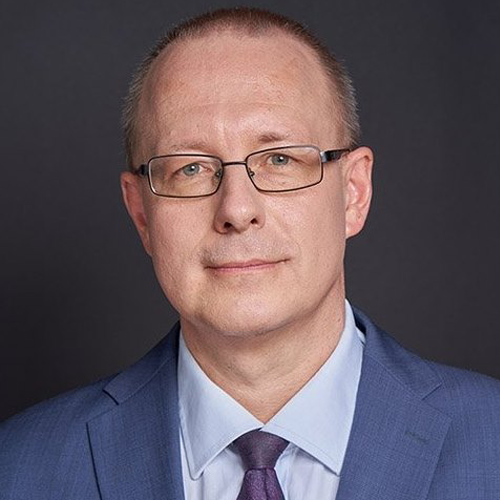
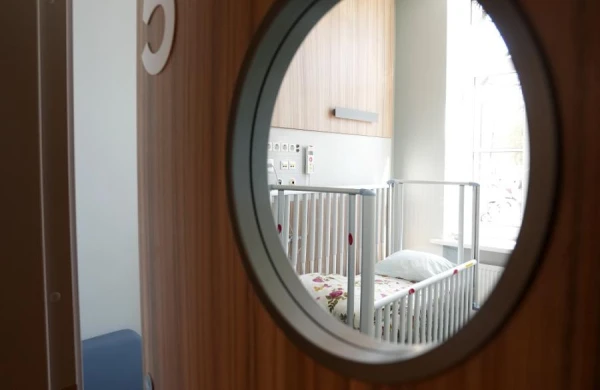
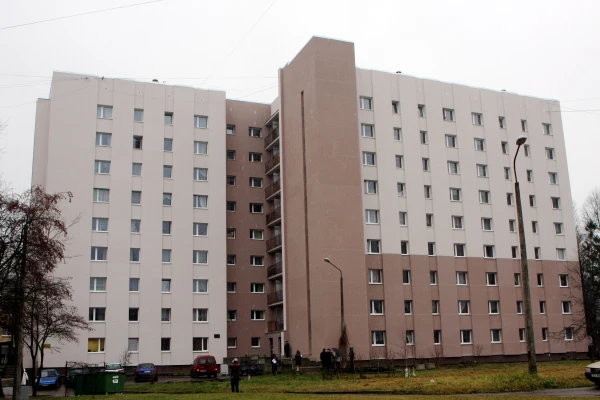
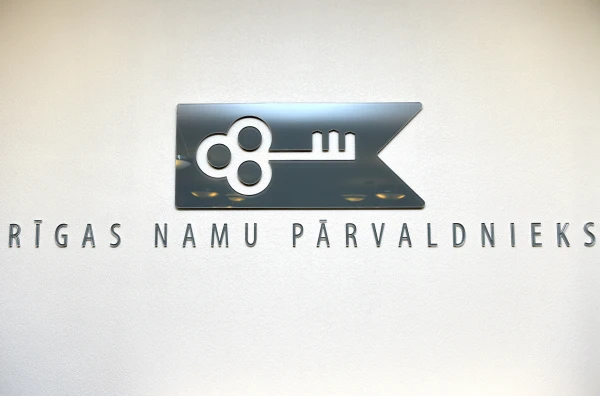
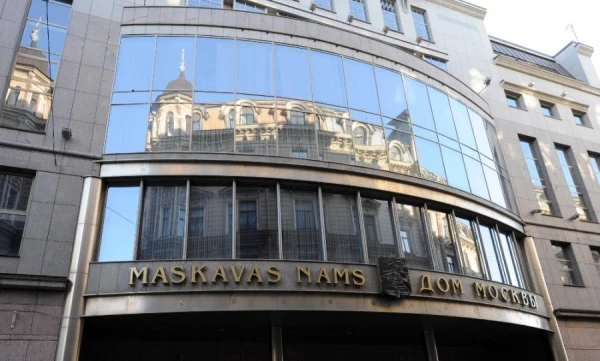
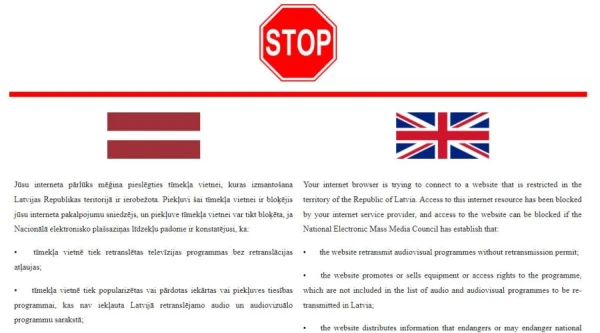
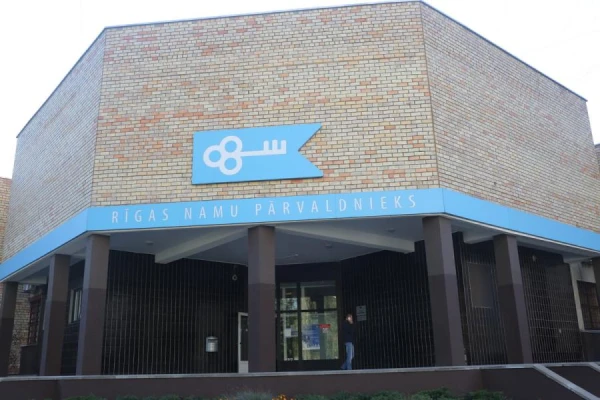
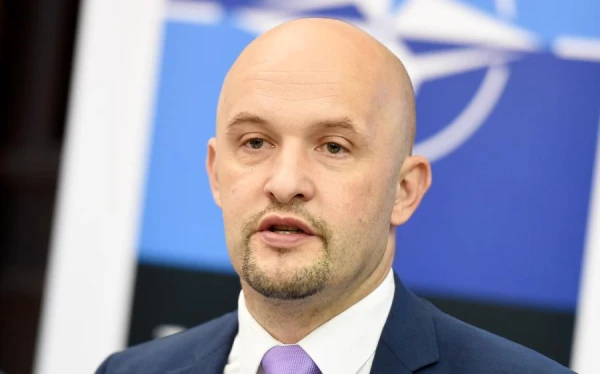


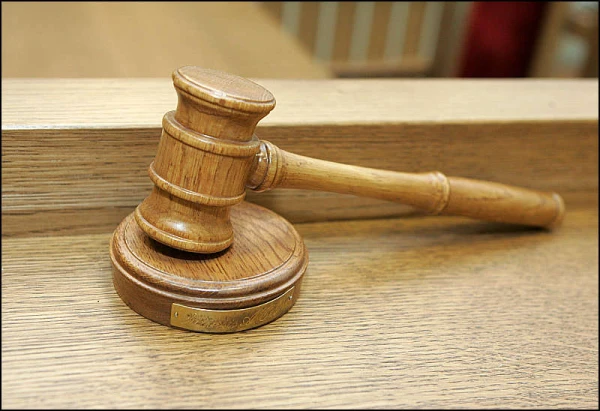


Leave a comment